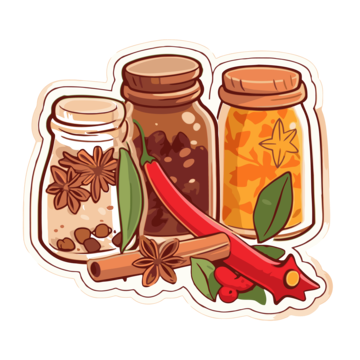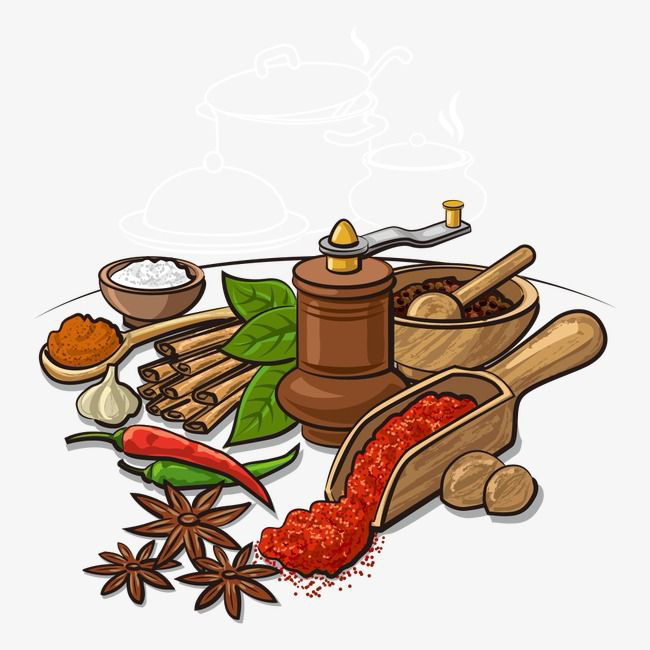National Herbs and Spices Day
Observing National Herbs and Spices Day involves a tempting array of foods, whether cooking them, eating them, or both! Try out these ideas for celebrating National Herbs and Spices Day with the people you love:
Get healthier and more adventurous when you try out some new herb flavors instead. Some of these are rather versatile while others are very specific spices that work in certain dishes:
- Turmeric. Anyone who has tried cooking dishes originating from India may have experienced turmeric. Also called curcumin, this bright golden colored spice is a relative of the ginger family that can be used to add flavor to curries, relishes, soups, pilaf, vegetables and much more.
- Herbs de Provence. A blend of 5-6 different dried herbs, including rosemary, thyme, basil and more. This delectable combination of herbs brings out the full flavor of meats when used as a rub and also works well on grilled vegetables or meat dishes.
- White or Pink Pepper. Most Westerners are familiar with black pepper, whether whole or ground, and use it fairly regularly in their cooking. But white pepper is a spice that is traditionally used Jewish or Asian cooking, and it changes the flavor of dishes quite significantly. Pink pepper is similar, but has a slightly sweeter flavor.
Get Healthier Using Herbs and Spices
Salt with herbs and spices can cut a person’s daily intake of sodium by almost 1000 mg each day. This type of dietary reduction can help to minimize certain health issues such as high blood pressure, which is a major risk factor for stroke and heart disease.
Not only does substituting herbs and spices help reduce sodium, but certain types of herbs and spices can also help to reduce inflammation and minimize damage to the cells in your body when eaten on a regular basis.
Turmeric, cardamom, cinnamon, garlic, chili peppers and cumin are a few spices to get started with incorporating into a healthy diet.
Try Growing Your Own Herbs at Home
Whether outside in the garden or in some potted planters inside, growing herbs at home can be an amazing way to enjoy and celebrate National Herbs and Spices Day using fresh, homegrown items.
Some of the easiest to herbs that can be grown in the backyard or in a container garden at home include:
- Basil. This versatile herb can be used in a variety of dishes, including pesto, tomato sauces and vinegars. Or it can be served fresh with tomatoes and mozzarella to make a caprese salad. Plant basil in a space that gets a lot of sun and has well-draining soil.
- Mint. Useful in a variety of ways, mint is so prolific that many people like to grow it in containers to keep it from spreading and taking over the whole garden. With more than 600 different varieties, like peppermint, spearmint and chocolate mint, you’re sure to find one you’ll love to put in your iced tea or summer salads.
- Parsley. This flat-leafed herb grows easily and is a delight to use for cooking soups and other dishes, as well as placing on dishes as a delightful garnish. Plus, even if it is grown outside it can easily be dried and kept to use over the winter months.
- Rosemary. This one grows more like a shrub than a plant. It’s a woody evergreen that offers delightful aromas and loves to be in full sun. Rosemary is an herb that is also known to be healthy for the memory as well as being a mood booster.
History of National Herbs and Spices Day
People have been using herbs and spices to flavor their food probably since history has been recorded. Some of the earliest ideas guess that hunters would use leaves to wrap their meat in, and discovered quite by accident that the leaves gave the meat a certain type of flavor.
As time went on, more and more plants were discovered to be aromatic and flavorful, as well as often having other beneficial properties. Spices were discovered when the roots, leaves or other parts of plants were dried, then ground and used in cooking. Spices have also been used medicinally all throughout human history.
Ancient Egyptians are recorded to have used cinnamon, poppy and mint, while some early Chinese influences also mention the use of cinnamon (cassia), nutmeg, cloves and many other types of spices. Ancient Mesopotamian sources reveal that thyme, sesame, cardamom and coriander were important.
Throughout history, spices have been considered a valuable commodity and were even used as currency during some time periods. At one time, nutmeg was worth more than its weight in gold. Cloves were often given as bonuses to London dockworkers. And peppercorns were demanded as ransom in the 410 AD capture of Rome.
Beginning in 130 BC the “Silk Road”, was an important way for spice traders to get their wares from the East into the West, particularly between Greece and China. For more than 1500 years, this network of routes contained trading posts, thoroughfares and marketplaces strategically placed for travelers and traders.
Eventually, spice companies began to develop, bringing exotic and unique herbs and spices from far off places, first for the wealthy or royalty and then, eventually, to the common person. Today, just opening a person’s kitchen cabinet can introduce a collection of fragrant and flavorful spices and herbs that likely originated from all over the world!
Click Below Link and Install Application: https://buymote.shop/links/0f5993744a9213079a6b53e8
Sponsor Content: #buymote #buymoteeshopping #buymoteonline #buymoteshopping #buymoteapplication"








No comments:
Post a Comment